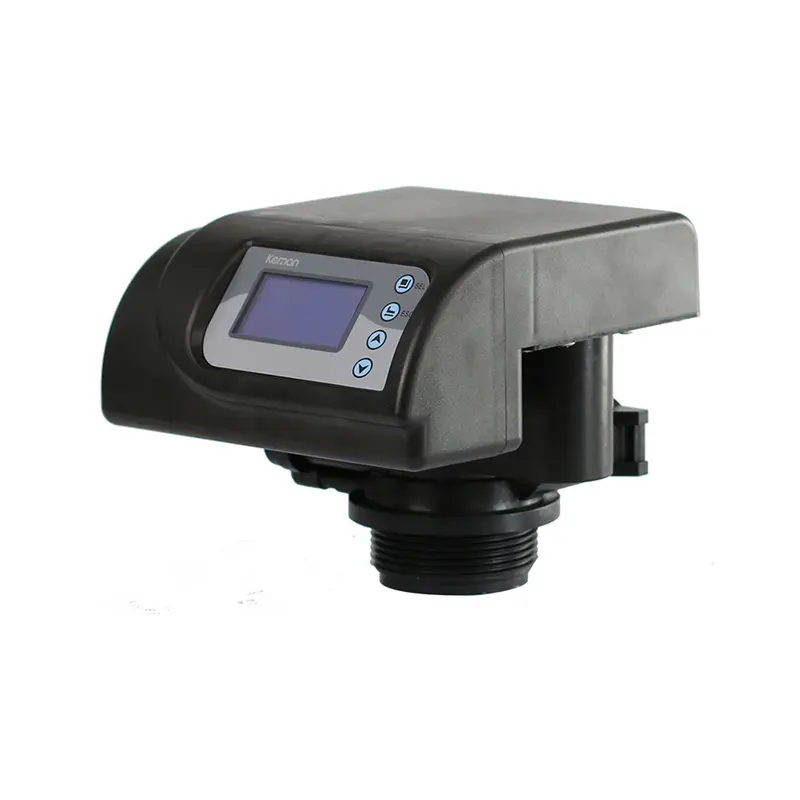Table of Contents
Reasons for a Dry Brine Tank
A dry brine tank can be a frustrating issue for many homeowners who rely on Water Softeners to improve the quality of their water. When a brine tank runs dry, it can Lead to hard water flowing through your pipes, causing a variety of problems such as scale buildup, Soap scum, and reduced efficiency of appliances like Water Heaters and Dishwashers. Understanding the reasons behind a dry brine tank is crucial in order to address the issue and ensure that your water softener is functioning properly.
| Model | Central tube | Drain | Brine tank connector | Base | Maximum power | Operating temperature\u00a0 |
| 3150 | 2.375″(2″) O.D. | 2″NPTF | 1″NPTM | 4″-8UN | 87W | 1\u2103-43\u2103 |
One common reason for a dry brine tank is a malfunctioning brine valve. The brine valve is responsible for regulating the flow of water into the brine tank during the regeneration process. If the brine valve is not functioning correctly, water may not be entering the tank as it should, leading to a dry tank. This can be caused by a variety of issues, such as a clogged valve, a faulty timer, or a broken seal. In order to fix this problem, it is important to inspect the brine valve and make any necessary repairs or replacements.
Another possible reason for a dry brine tank is a Salt bridge. A salt bridge occurs when a hard crust forms at the top of the salt in the brine tank, preventing water from mixing with the salt and creating brine. This can lead to a dry tank and ineffective water softening. To address a salt bridge, it is important to break up the crust using a broom handle or other tool, ensuring that water can flow freely through the salt and create brine as needed.
In some cases, a dry brine tank may be the result of insufficient salt Levels. If the salt in the brine tank runs out, there will be nothing to create brine and regenerate the resin beads in the water softener. It is important to regularly check the salt levels in your brine tank and refill it as needed to ensure that your water softener is operating effectively. Additionally, using the correct type of salt for your water softener is crucial in order to prevent Clogs and other issues that can lead to a dry tank.

Lastly, a dry brine tank may be caused by a malfunctioning float assembly. The float assembly is responsible for monitoring the water level in the brine tank and signaling when it is time to regenerate. If the float assembly is not working properly, it may not trigger the regeneration process, leading to a dry tank. Inspecting the float assembly and making any necessary repairs or replacements can help to resolve this issue and ensure that your water softener is functioning correctly.
In conclusion, a dry brine tank can be a frustrating issue for homeowners who rely on water softeners to improve the quality of their water. Understanding the reasons behind a dry tank, such as a malfunctioning brine valve, a salt bridge, insufficient salt levels, or a malfunctioning float assembly, is crucial in order to address the issue and ensure that your water softener is operating effectively. By identifying and resolving the underlying cause of a dry brine tank, you can enjoy the benefits of soft water in your home and prevent potential problems associated with hard water.
